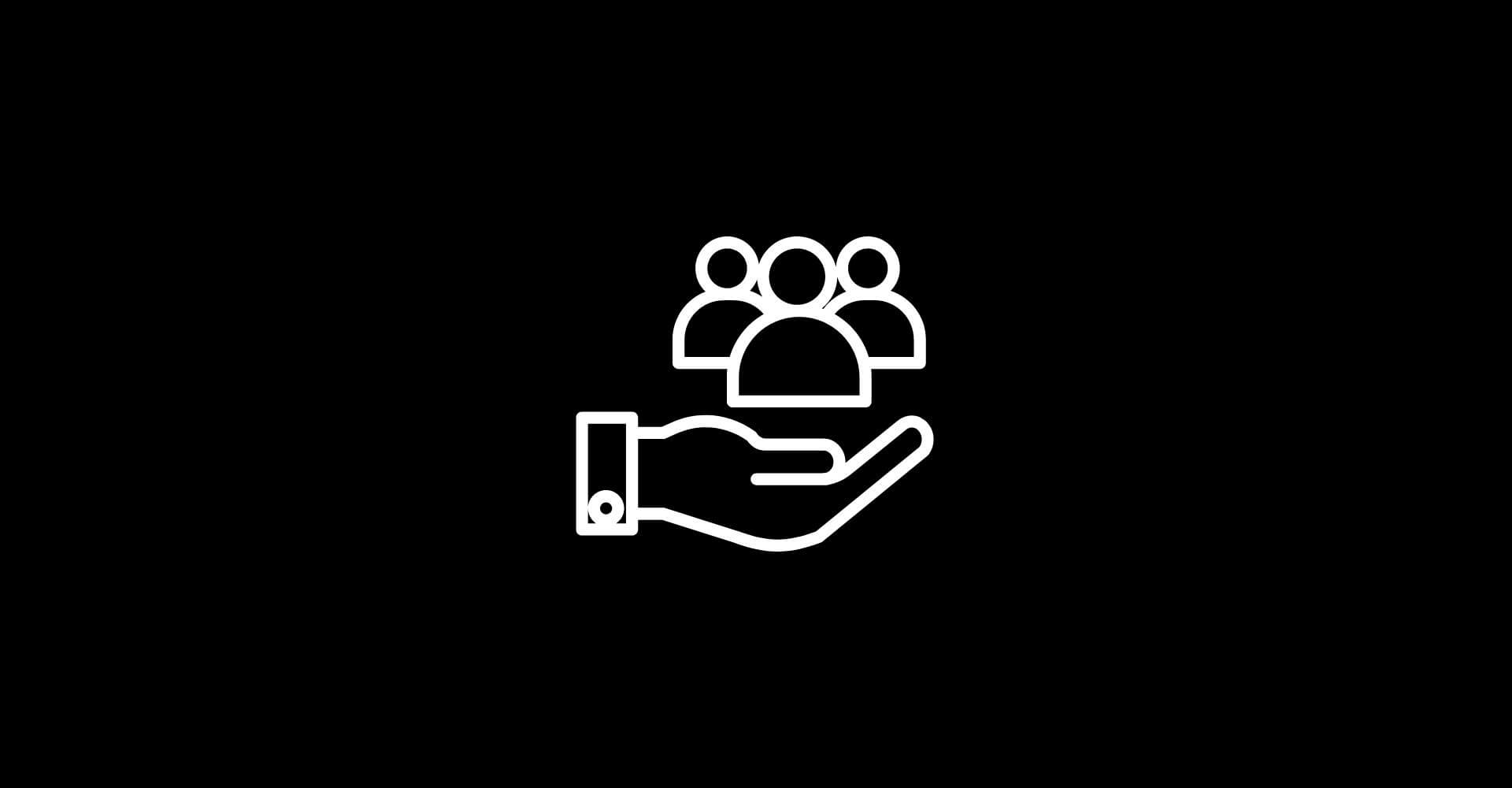Design is more than just a visually pleasing arrangement of elements; it is a meticulous process guided by principles and theories that give birth to creations that resonate with meaning and functionality. In the realm of design, there exists a rich and dynamic framework known as Design Theory, a comprehensive guide that not only defines the rules but also invites creative minds to break them. In this blog post, we will embark on a journey to unravel the intricacies of Design Theory, delving into its history, core principles, and its transformative impact on various design disciplines.
The Evolution of Design Theory:
To understand the essence of Design Theory, one must trace its roots back to its evolution over time. The early 20th century marked the emergence of design as a discipline, with pioneers like Bauhaus and De Stijl laying the foundation for what would later become the theoretical framework of design. As design evolved, theorists like Viktor Papanek and Dieter Rams contributed to shaping Design Theory, emphasizing functionality, simplicity, and the human experience.
Core Principles of Design Theory:
Balance and Harmony:
Design Theory emphasizes the importance of achieving balance and harmony in visual compositions. Whether through symmetrical or asymmetrical arrangements, a harmonious balance ensures that elements work together cohesively.
Unity and Variety:
Unity creates a sense of cohesion, tying together various elements to form a complete and harmonious design. At the same time, Design Theory encourages the inclusion of variety to prevent monotony and add interest to the visual narrative.
Hierarchy and Emphasis:
Establishing a clear hierarchy guides the viewer’s eye through the design, highlighting important elements. Emphasis is strategically placed to draw attention and create focal points within the composition.
Contrast and Repetition:
Contrast, whether in color, shape, or size, adds visual interest and helps elements stand out. Repetition fosters consistency and reinforces visual unity throughout the design.
Applications Across Design Disciplines:
Graphic Design:
In graphic design, adherence to Design Theory principles ensures that visual communication is effective and aesthetically pleasing. From logos to posters, the principles of balance, contrast, and hierarchy play a pivotal role.
Web Design:
User experience is at the forefront of web design, making Design Theory crucial in creating intuitive interfaces. Consistency in layout, hierarchy, and color schemes contributes to a seamless user journey.
Product Design:
Industrial designers draw upon Design Theory to create products that are not only visually appealing but also functional and user-friendly. Dieter Rams’ principles of good design, such as “less is more,” have become iconic in this realm.
Architecture:
Architects incorporate Design Theory to create spaces that are not only structurally sound but also evoke specific emotions. The arrangement of elements, use of proportion, and attention to detail contribute to the overall architectural experience.
Pushing the Boundaries: Breaking the Rules with Intention:
While Design Theory provides a solid framework, true innovation often arises from pushing the boundaries and breaking traditional rules. Designers like Milton Glaser and Stefan Sagmeister have challenged norms, proving that intentional rule-breaking can lead to groundbreaking and memorable designs.
Conclusion:
In the ever-evolving world of design, the significance of Design Theory cannot be overstated. It serves as a guiding light for designers, providing a structured approach while allowing room for creativity and innovation. As we continue to explore the depths of design, the theories that guide us will undoubtedly shape the future of visual communication and artistic expression.






